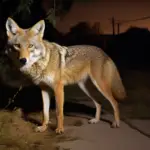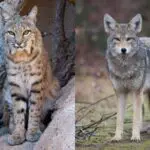“Coyote White” What does that even mean? Well, have you ever heard of a white coyote? If not, you’re not alone, but they do exist!
The existence of white coyotes is a fascinating topic that has intrigued wildlife enthusiasts and researchers alike. This article aims to shed light on this uniquely colored coyote and why it’s such a rare sight.
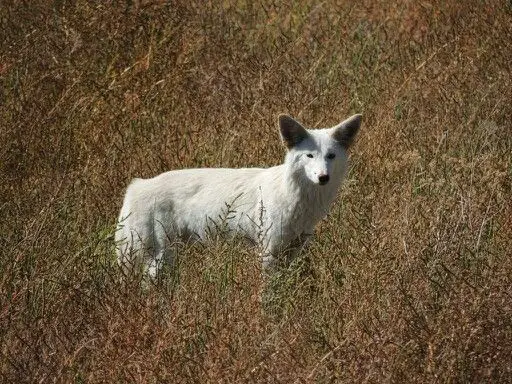
The White Coyote: Can Coyotes Be White?
Yes! Coyotes can (and do) have white colored fur coats. Coyotes, scientifically known as Canis latrans, are a common sight in North America. Their fur is typically a mix of gray and brown, with a touch of reddish color behind the ears and around the face, allowing them to blend seamlessly into their surroundings.
This coloration is a result of their genetic makeup and plays a crucial role in their survival, providing them with the necessary camouflage to hide from predators and sneak up on their prey.
However, nature is full of surprises, and every so often, we come across animals that break the mold. In the world of coyotes, this comes in the form of individuals with unusual colorations.
While black coyotes are rare, white coyotes are even rarer. The white coyote, in particular, is an extraordinary sight that has intrigued wildlife enthusiasts and researchers alike.
In 2016, a unique event caught the attention of the Wildlife Center of Virginia. A white coyote pup, a rarity in the wild, was found and brought to the center. This pup was not an albino, a condition characterized by a complete lack of pigmentation in the skin, fur, and eyes.
Instead, it was leucistic, a condition that results in a lack of pigmentation in the fur but not in the eyes. This distinction is important as it differentiates leucism from albinism.
This white coyote, affectionately named “Coyote White” quickly became a sensation due to its rare and distinctive coloration.
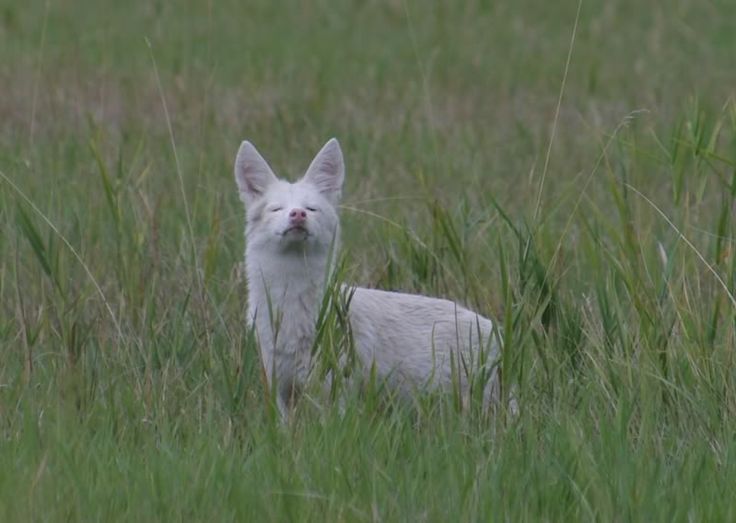
Why Are White Coyotes So Rare?
The question that naturally arises is, why are white coyotes so rare? The answer lies in the complex world of genetics. The color of a coyote’s fur is determined by its genetic makeup.
Specific genes control the production of pigments like eumelanin (dark brown to black) and pheomelanin (yellow to red), which combine in various ways to produce the array of fur colors seen in animals.
In the case of white coyotes, their fur color is a result of a rare genetic variant that reduces the production of these pigments. This variant is not commonly passed down through generations, making white coyotes a rare occurrence.
It’s also worth noting that this genetic variant does not confer any survival advantage. In fact, it could potentially make these coyotes more visible to predators and prey, making survival and reproduction more challenging.
However, the existence of white coyotes serves as a testament to the genetic diversity within the coyote population. It’s a fascinating reminder of the role that genetics play in the animal kingdom, contributing to the rich tapestry of life that we see around us.
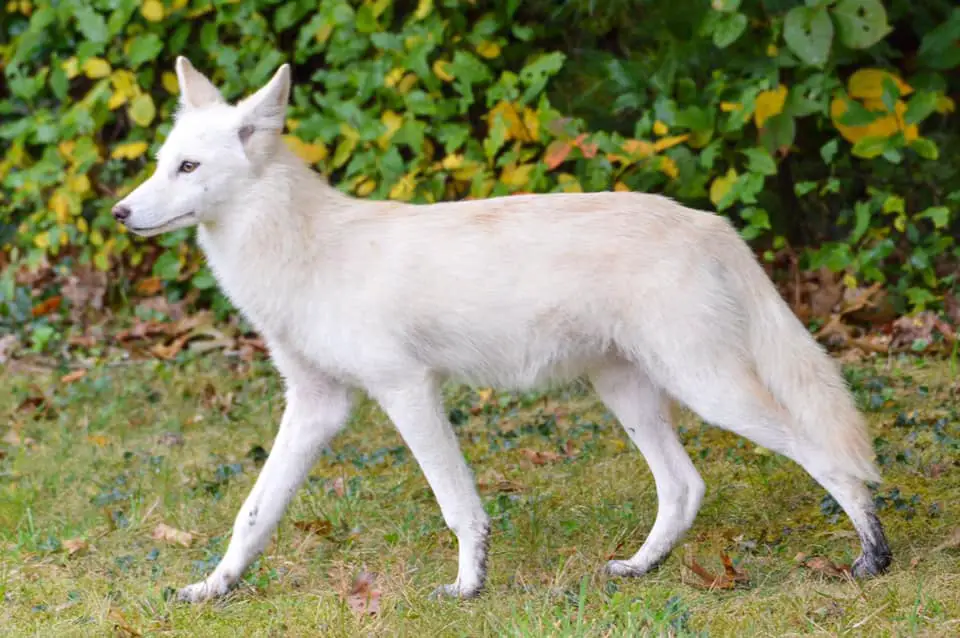
The Significance of White Coyotes
The sighting of a white coyote is not just a rare wildlife event; it also provides valuable insights into the genetic diversity of coyote populations. White coyotes are caused by a recessive gene, so they are only born when two coyotes that carry the gene mate.
This means that the sighting of a white coyote indicates that there is a high level of genetic diversity in the coyote population, as there are enough coyotes carrying the white gene to produce offspring.
This is important because it means that the coyote population is healthy and resilient, and that it is able to adapt to changes in its environment.
It is also a reminder of the genetic variations that can occur in wildlife, and the surprises that nature often has in store.
What Other Colors Can Coyotes Be?
Coyotes typically have a grayish-brown to yellowish-brown coat. However, they can also come in other colors. Some coyotes may have a nearly black coat, while others can be more of a reddish color.
As previously mentioned, there are also rare instances of white coyotes, which are a result of a genetic variant causing a lack of pigmentation in the fur.
It’s important to note that the color of a coyote’s fur can also change with the seasons. For example, their fur tends to be darker in the winter and lighter in the summer.
This change in color helps them blend into their environment, providing camouflage that aids in both hunting and evading predators.
While these are the most common colors observed in coyotes, the range of possible colorations is vast due to the genetic diversity within the species.
This diversity is one of the many factors that have allowed coyotes to adapt to a wide range of habitats across North America.
Conclusion
While the white coyote is a rare sight, it’s a testament to the genetic diversity and adaptability of this species. As we continue to explore and understand the world of wildlife, who knows what other fascinating discoveries we might stumble upon?
So, the next time you hear about a white coyote, remember, it’s not just a myth but a rare genetic phenomenon that highlights the wonders of nature.
- Sink Your Teeth Into This: Analyzing the Powerful Lion Bite Force - September 8, 2023
- Siberian Tigers: Everything You Need To Know - September 4, 2023
- Do Lions Eat Humans? Understanding Lion Aggression and Risks - September 4, 2023



